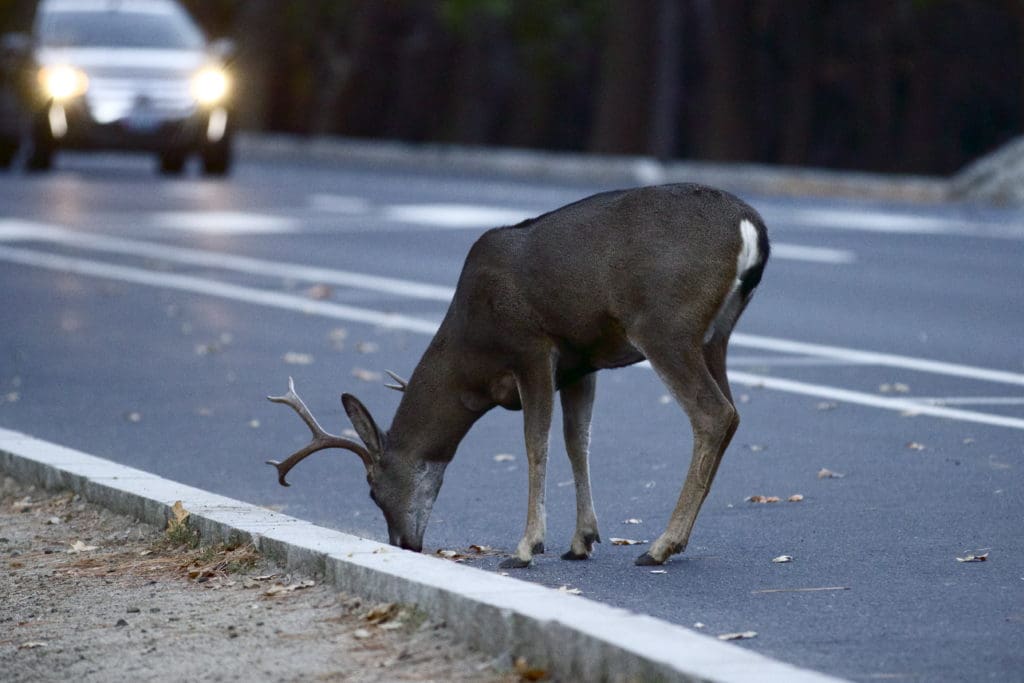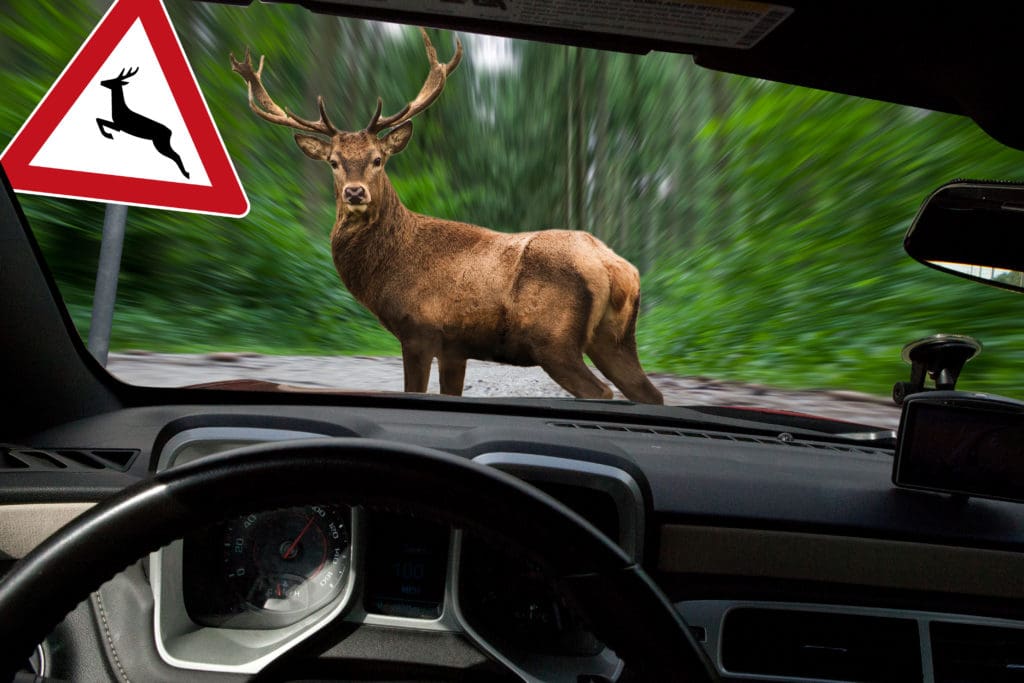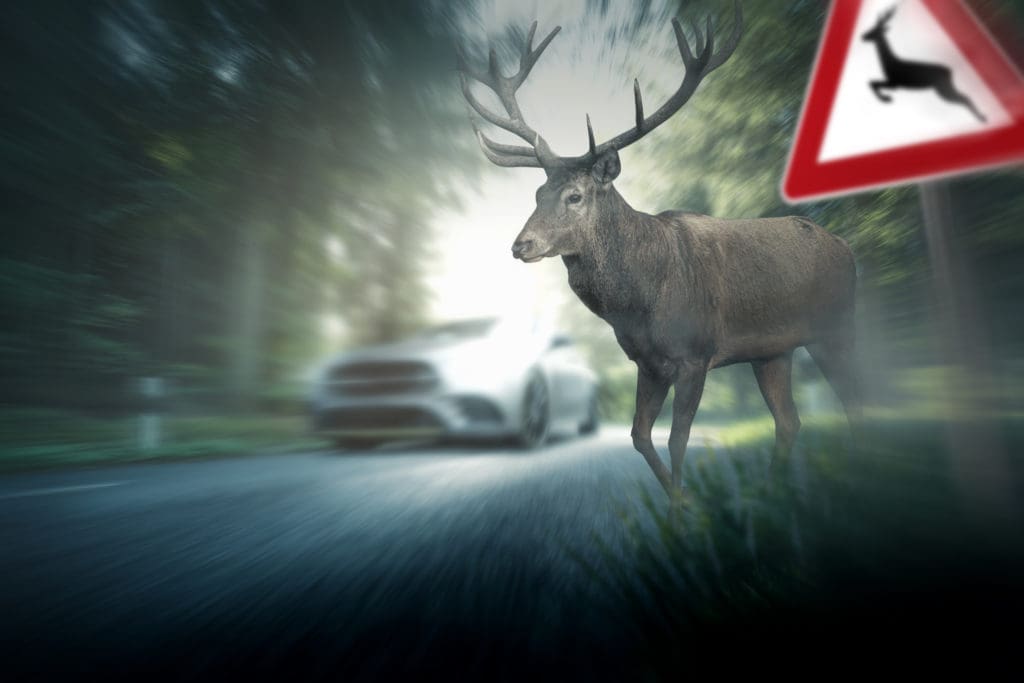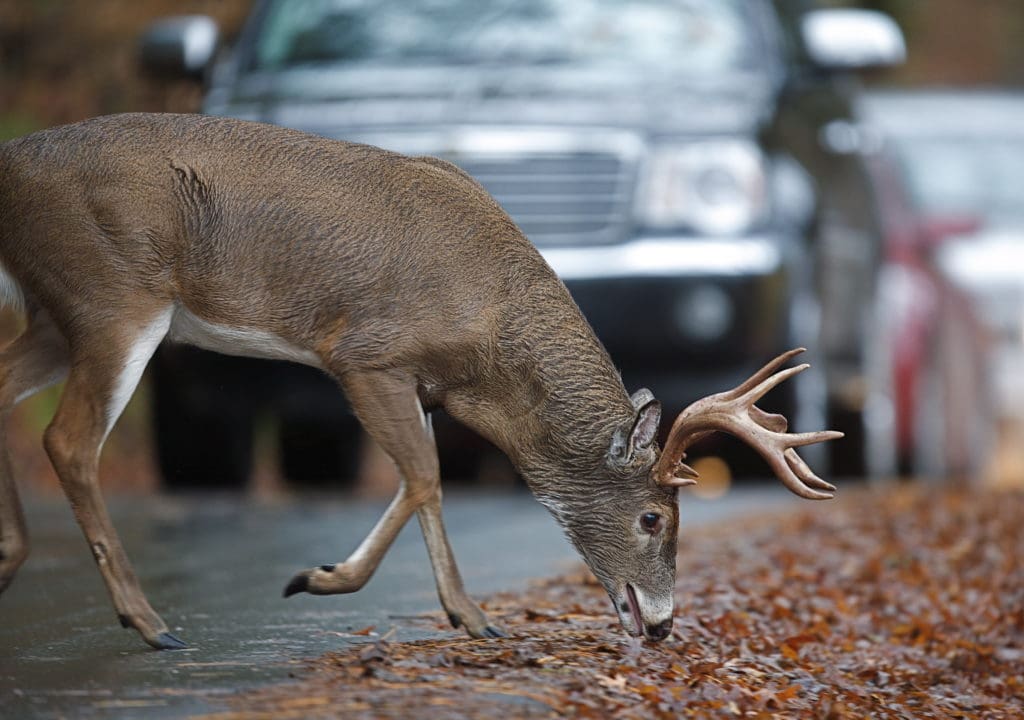What To Do If You’ve Hit a Deer
Did you know that over one million deer are hit by cars each year? This accounts for around 1.5 million car accidents. These animals are a common sight across the continental United States, known for their antlers, leaping ability, and tendency to devour your flower garden. But the deer is also, unfortunately, well-known as a cause of traffic accidents. In the urban environment of the DMV area, motorists may not even consider the possibility of colliding with a deer. However, in winter months, when food is scarce, deer may range well outside their natural habitat to feed. This is compounded by the winter months’ early sunsets and poor weather conditions, which can send visibility plummeting. Whether you live on a farm or in a high rise apartment building it pays to keep an eye out for deer near the roads. Today we’ll be reviewing steps to take if you’ve hit a deer with your car.
Deer Accident Prevention
Before starting on our guide to what to do if you’ve hit a deer; a brief primer on avoiding these collisions in the first place seems appropriate. According to the Insurance Information Institute, the peak hours for deer movement are between sunset and midnight and the hours before sunrise. Drivers traveling at these times should exercise extra caution. If driving on relatively empty roads, high beams can be useful in providing increased visibility. Know also that deer are generally social animals. One deer generally signals the presence of more. Under no circumstances should drivers swerve wildly to avoid hitting a deer or any other animal. This can cause far more severe wrecks than would have occurred if the driver had just hit the deer.
If You’ve Hit a Deer: Steps to Take
If you’ve hit a deer, your first priority should be your own health and safety. Turn on your hazard lights and move your car out of traffic if at all possible. If your car has been immobilized, engaging your high beams may provide extra warning to passing motorists. The last thing you want to do is cause another accident.
After seeing to your car, contacting emergency services should be your next priority. If you are injured, you can secure medical attention and transportation to a clinic or hospital if necessary. Calling 9-1-1 will also bring the police to the scene of your accident. After their arrival, the police will also create an accident report, which will be vital in filing an insurance claim after the fact. Taking pictures of the scene of the accident will also be helpful in this regard.
In addition to the insurance benefits, the police will also be able to secure you a safe ride home in the event that your car is unsafe to drive. They’ll also be able to aid in checking the car and determining the extent of the damage. If your headlights are intact and there’s no obvious leaks or structural damage, you may be able to drive home.
Of course, if your car is totaled or severely damaged, this makes starting the insurance claim process as soon as possible even more vital. Your insurance company may be able to provide roadside assistance or have your vehicle towed.
What Not To Do
Under no circumstances should you approach the deer after hitting it. The animal may still be alive and able to thrash at you with its powerful legs. Adult bucks regularly grow to between four-hundred and five-hundred pounds. Deer may be herbivores, but these are powerful animals and can absolutely injury you further. Another misstep to avoid is driving off after your accident without taking any of the above steps. First and foremost this is inhumane to the deer and inconsiderate to other drivers, who may hit the same animal you did. Furthermore, it can be a catastrophic blow to your efforts to file an insurance claim.
What Malloy Law Recommends
The prevalence of deer accidents makes it all the more necessary to prioritize high-quality car insurance as an essential purchase. It’s the professional opinion of Malloy Law Offices that motorists should buy as much insurance as they feel they can afford. It may sound obvious but there’s no legal recourse against wild animals for damage done to your property. In circumstances such as these you’ll have to fall back on your insurance provider to avoid paying the cost of car repairs and medical bills out of pocket. So this is no place to cut corners. For more car accident advice, we invite you to check out our blog or YouTube channel.




